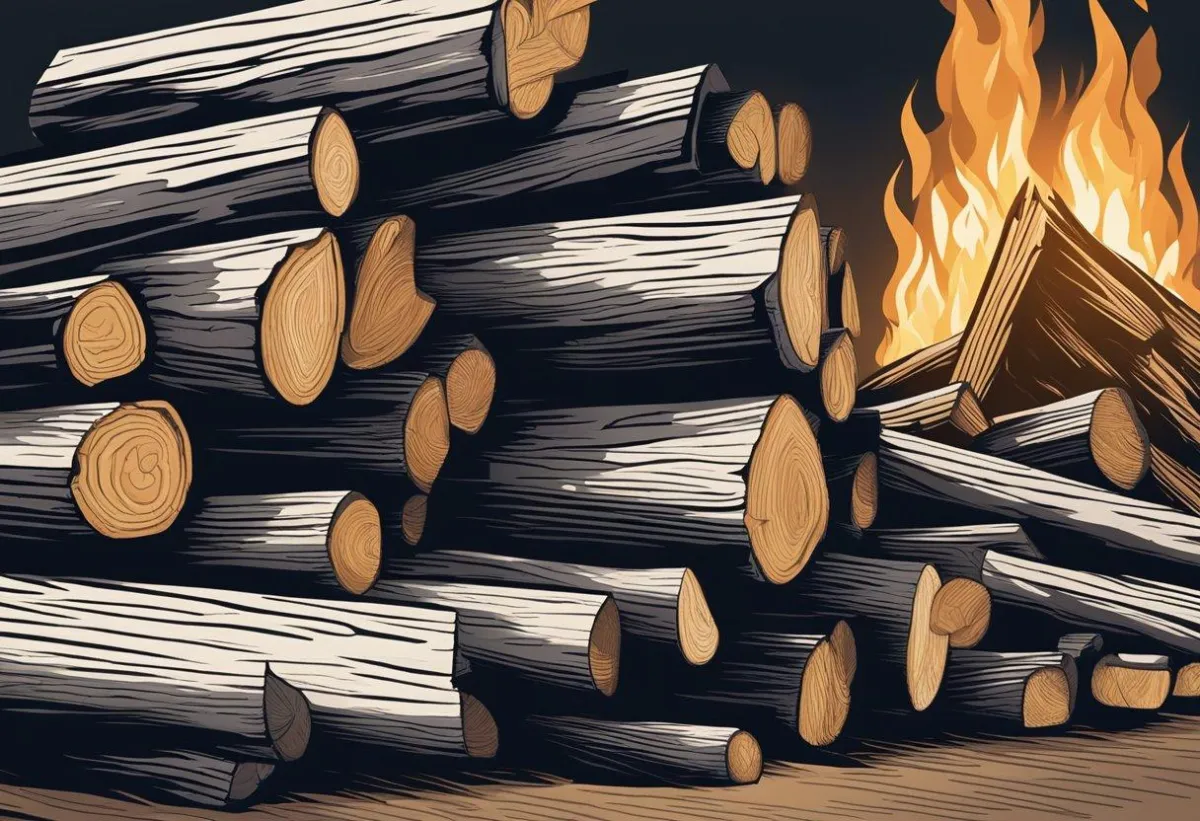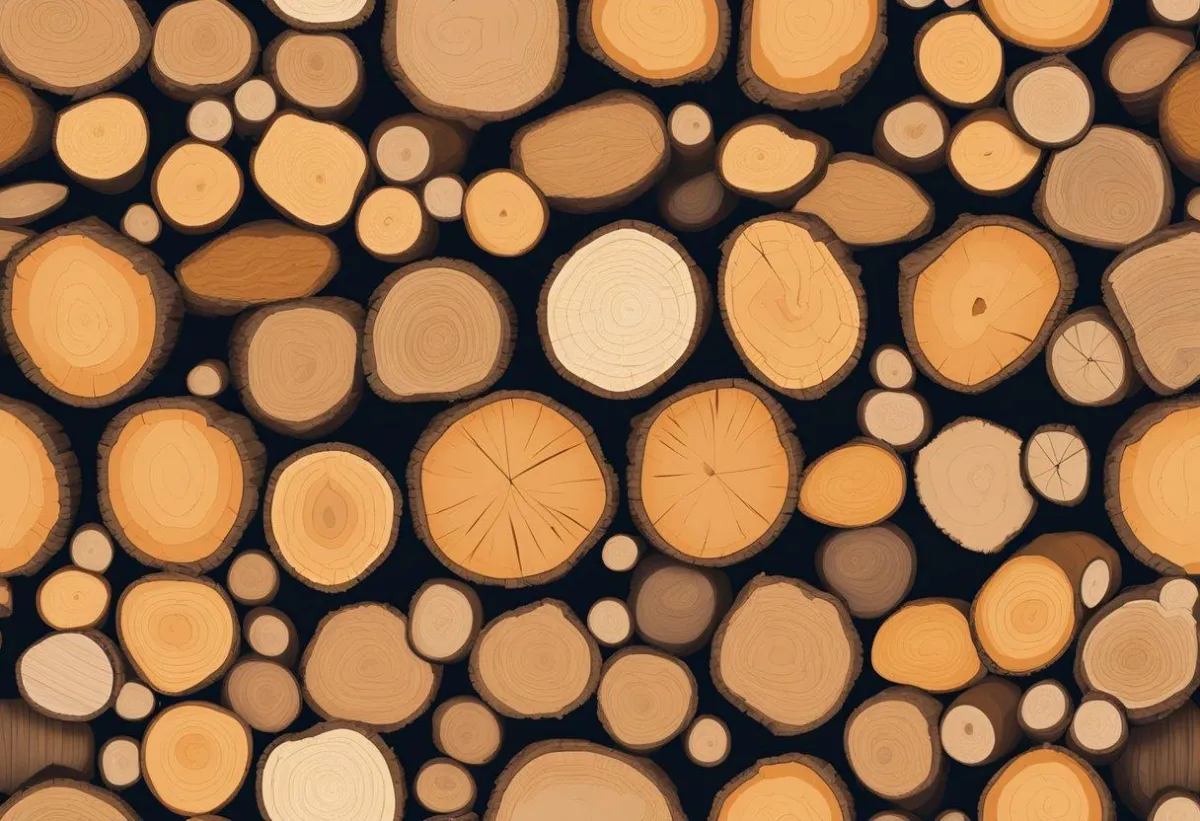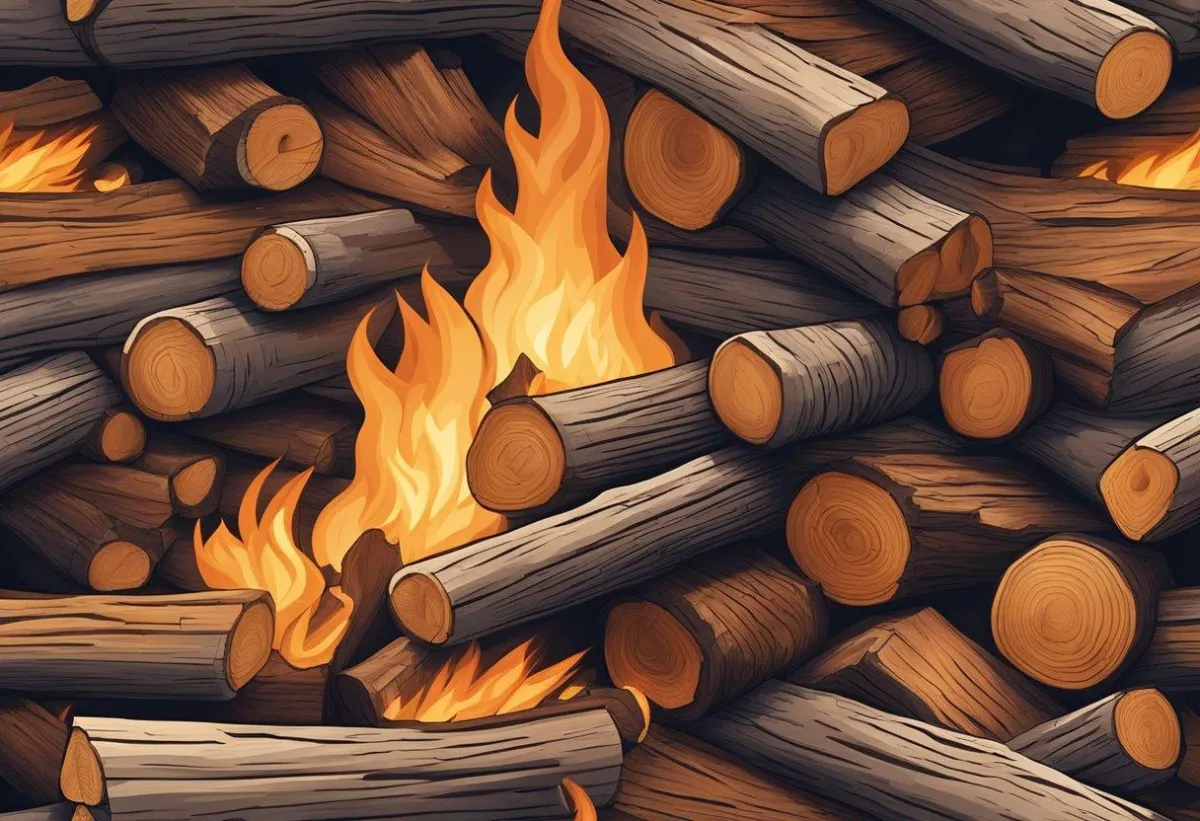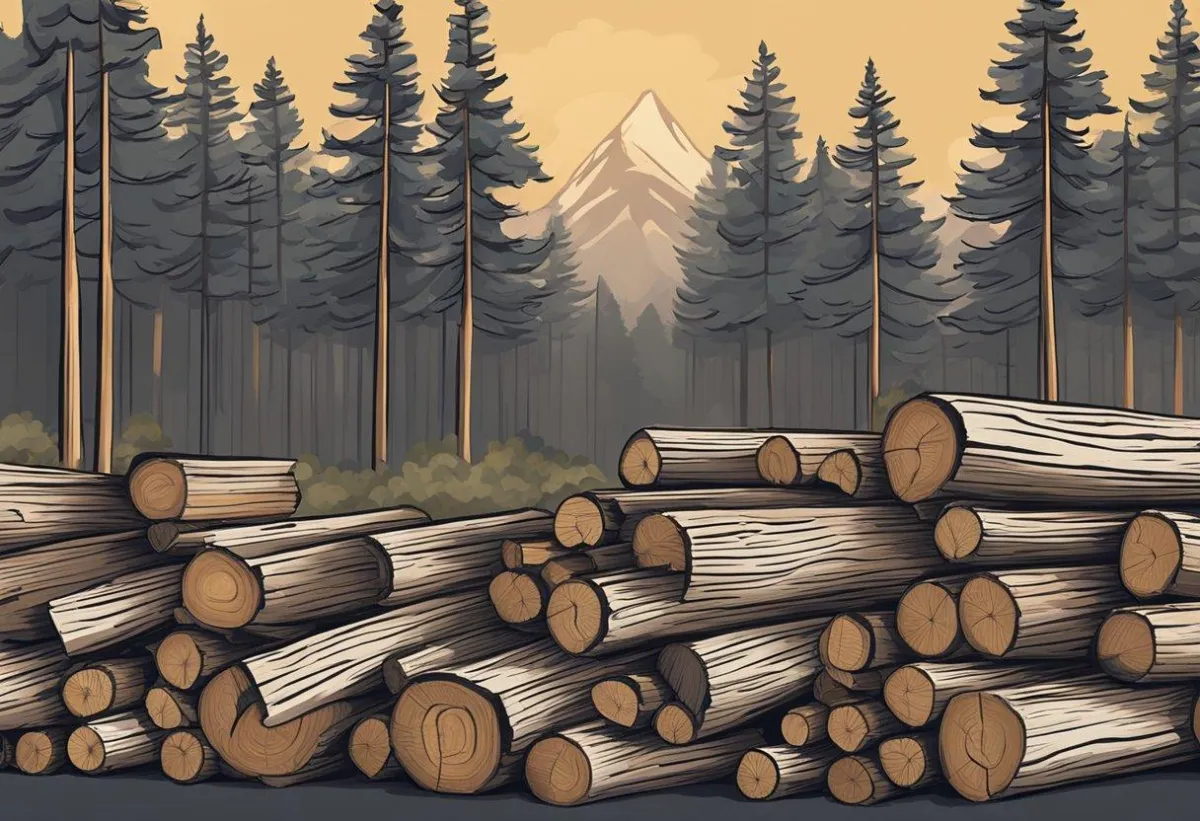
"Fast and quick for a busy family. We use our fireplace regularly now. Thank you."
Paulson Family (Windermere)

"Just when you need it Luxe is there to get you fired up! Best part of being in Alberta is the backyard fires."
Arnie Simms & Family (Riverbend)

"No fuss straight to us. No time anymore to piss around at the store. We have plenty of wood now."
Thomas Arnacker (Aspen Gardens)

"Yea this is great to have you come out and take care of our firewood while we relax!"
Mason Family (Rural Sherwood Park)

"We've got other priorities and businesses to run so it's nice to have a quality service like yours."
Rob Perloux (St. Albert)

"Fantastic guys and great service!
Convenient, good quality and delivery to my door which is awesome."
Heather (Westbrook Drive)

"Fast and quick for a busy family. We use our fireplace regularly now. Thank you."
Paulson Family (Windermere)

"Just when you need it Luxe is there to get you fired up! Best part of being in Alberta is the backyard fires."
Arnie Simms & Family (Riverbend)

"No fuss straight to us. No time anymore to piss around at the store. We have plenty of wood now."
Thomas Arnacker (Aspen Gardens)

"Yea this is great to have you come out and take care of our firewood while we relax."
Mason Family (Rural Sherwood Park)

"We've got other priorities and businesses to run so it's nice to have a quality service like yours."
Rob Perloux (St. Albert)

"Fantastic guys and great service!
Convenient, good quality and delivery to my door which is awesome."
Heather (Westbrook Drive)
Hardwood vs Softwood: Deciding the Superior Firewood Option
When it comes to selecting firewood, understanding the differences between hardwood and softwood is essential. Each has distinct characteristics that affect how they burn and for what purpose they are best suited. Hardwoods are derived from broad-leaved trees and are generally denser, providing a longer burn time and more heat than softwoods, which come from coniferous trees. These intrinsic properties influence whether the wood is more appropriate for a cozy night by the fireplace or for cooking pizzas in a wood-fired oven.

Selecting the right type of wood is not just about preference; it also has implications for safety, maintenance, and efficiency. The resin content in softwood, while making it easy to ignite, also makes it prone to producing more soot and creosote, which can clog chimneys and present a fire hazard if not properly maintained. Hardwoods, with their slow-burning nature, tend to be cleaner, though more challenging to get started. With a clear comparison of their burn rates, heat output, and smoke production, consumers can make informed decisions that suit their specific needs, whether for indoor heating, outdoor campfires, or culinary ventures.
Economic and environmental factors also play important roles in the choice of firewood. Considering the cost implications of each type as well as the sustainability of the wood sources is key for conscientious consumers. Availability can vary regionally, and understanding these aspects ensures that not only does one get the best performance from their firewood but also supports long-term ecological balance.
Key Takeaways
Hardwoods offer longer burn time and more heat, suitable for home heating.
Softwoods ignite easily but require more maintenance due to higher resin content.
Choosing firewood involves considering safety, efficiency, cost, and environmental impact.
Characteristics Of Hardwood And Softwood

Understanding the specific traits of hardwood and softwood is essential for choosing the right type of wood for firewood, as these characteristics directly affect their performance as a heat source.
Defining Hardwood And Softwood
Hardwoods are derived from deciduous trees, which are typically angiosperm trees. These trees have broad leaves, shed annually, and include species such as oak, maple, and walnut. Softwoods, on the other hand, originate from conifers, often evergreen and gymnosperm trees, which include pines, cedars, and firs.
Density And Hardness
The contrast in density and hardness between hardwoods and softwoods is notable. Hardwoods usually present a higher density due to slower growth rates, which also contributes to their greater hardness. Softwoods tend to be lighter and less dense, which influences how they can be used and their efficiency as firewood.
Heat Energy And Burn Time
When considering heat energy and burn time, hardwoods typically yield more heat and possess longer burn times. This is a result of their denser cellular structure, which allows hardwoods to burn at a higher temperature and for a longer duration. Softwoods ignite more quickly but burn faster, often making them less suitable for long-lasting fires.
Heat Energy: Hardwoods tend to contain more energy per unit volume.
Burn Time: Hardwoods have a prolonged burn time when compared to softwoods.
Best Types Of Wood For Burning

When selecting firewood, burning efficiency and heat output are prime considerations. The right type of wood can significantly enhance a fire’s warmth and duration.
Popular Hardwood Varieties
Hardwoods are renowned for their density and long burning times, making them ideal for use in indoor fireplaces and wood stoves. Here are some of the most effective hardwoods for heating:
Oak: A staple for firewood, oak burns slowly and provides a consistent heat output.
Maple: Known for its high heat and long-lasting burn, maple is a reliable choice.
Birch: While it burns quicker than oak or maple, birch provides good heat and is easy to ignite.
Ash: A popular firewood that burns well with a steady flame.
Beech: Burns similar to ash but must be well-seasoned.
Elm: Due to its high moisture content, elm needs thorough seasoning.
Cherry: Offers a slow burn with pleasant aroma, excellent for heating.
Hickory: Provides a long-lasting burn with strong heat, widely favored for its efficiency.
Apple: Burns slow and hot, with an added benefit of a sweet-smelling aroma.
Walnut: Not as high in BTUs as other hardwoods, but still a decent heating wood.
Common Softwood Choices
Softwoods tend to burn faster and are easier to ignite, making them suitable for kindling or quick, hot fires. These softwood varieties are most common:
Pine: Excellent for kindling, pine burns quickly with a high flame, but can leave behind more residue.
Fir: Comparable to pine in burn characteristics, but with a more pleasant scent.
Cedar: Known for its delightful aroma, cedar is good for kindling and quick, hot fires but can pop and crackle.
Spruce: Burns quickly and is easy to split, making it another ideal choice for kindling or short-term heating.
Factors Affecting Firewood Performance

The performance of firewood is contingent on several factors, such as its moisture content, the age and maturity of the wood, and the method used for volume measurement and stacking. Understanding these factors helps ensure efficient and effective wood burning, and buying from a reputable firewood supplier is key.
Moisture Content
The moisture content of firewood significantly influences its burning efficiency. Freshly cut wood has a high moisture level, often up to 50%, making it difficult to ignite and producing more smoke and less heat. For optimal burning, firewood should be seasoned until its moisture content is reduced to about 20%, enhancing its ability to burn cleanly and efficiently.
Wood Age And Maturity
The age and maturity of the tree from which firewood is sourced affect the wood's density and burning characteristics. Hardwoods, such as oak and maple, are generally denser and produce more heat over a longer period. They benefit from ample seasoning time to reduce sap and moisture. Harvested mature woods tend to offer superior heat output compared to those from younger, less mature trees.
Wood Volume And Stacking
Proper volume measurement and stacking contribute to the firewood's seasoning process and combustion efficiency. Stack firewood to allow air circulation, which facilitates the drying process. The common volume unit for firewood in Canada is the "cord," measuring 8 feet long, 4 feet high, and 4 feet deep. Correct stacking not only aids in reducing moisture but also affects the ease of access and overall burning experience.
Selecting Firewood For Different Uses
When choosing firewood, one should consider the specific use, whether for heating indoors or creating a pleasant outdoor fire experience. Different woods have unique properties that make them suitable for various applications.
Indoor Fireplaces And Wood Stoves
For indoor fireplaces and wood stoves, hardwoods are generally the preferred choice. They burn slower and produce more heat, which is ideal for home heating.
Use: Heating and ambiance
Wood Type: Hardwood (e.g., Oak, Maple, Birch)
Reason: High energy output and longer burn time
Examples:
Oak: Provides long-lasting warmth; suitable for cold Canadian winters.
Maple: Burns very hot with a moderate burn rate; excellent for heating.
Birch: Puts out great heat with little smoke, produces minimal ash and has a nice aroma.
Hardwoods also produce less creosote, which is beneficial as it reduces the buildup in chimneys, enhancing safety and reducing the need for frequent maintenance.
Outdoor Fires And Campfires
Conversely, for outdoor fires and campfires, including those in backyard fire pits, softwoods can be a suitable choice. They ignite faster and burn more quickly, which is ideal for temporary outdoor use.
Use: Ambiance and cooking
Wood Type: Softwood (e.g., Pine, Cedar)
Reason: Easy to light and quick burning
Examples:
Cedar: Known for its pleasant aroma; adds a sensory experience to outdoor fires.
Pine: Lights easily, good for quick and casual outdoor fires.
These types of wood are typically less dense and may not be suitable for heating spaces such as saunas or wood-fired hot tubs, where a more extended heat is necessary.
Selecting Firewood For Different Uses
In managing firewood, it's critical to maintain safety and prevent hazardous conditions. Adherence to best practices can mitigate risks like creosote buildup and chimney fires.
Preventing Creosote Buildup
Creosote is a tar-like substance that can accumulate in chimneys as a result of burning wood. It's essential to minimize creosote because its buildup can lead to chimney fires.
Use Proper Wood: Ensure firewood is dry and well-seasoned. Hardwoods with a low moisture content produce less smoke and less creosote.
Controlled Burning: Keep fires hot and clean to reduce smoke, as smoldering fires increase creosote formation.
Chimney Fire Prevention Tips
Chimney fires occur when combustion residue ignites within a chimney. Preventing these fires is vital for home safety.
Regular Inspection: Have the chimney inspected at least once a year by a professional to check for creosote accumulation.
Chimney Cleaning: Clean the chimney regularly to remove any buildup of creosote and ash that can ignite.
Safe Handling And Splitting
Handling and splitting firewood requires attention to avoid injuries and ensure efficient burning.
Wear Safety Gear: Always use gloves and eye protection when cutting or splitting wood.
Proper Tools: Use the right tools for splitting wood. A sharp axe or maul ensures clean cuts and reduces effort.
Stable Surface: Split wood on a stable surface and ensure the log is secure before striking.
Economic Considerations Of Firewood
When considering firewood for heating purposes, the cost-effectiveness and market prices play a crucial role in deciding between hardwood and softwood. These economic considerations are not just limited to the initial price but also include long-term value and efficiency.
Cost Comparison: Hardwood Vs Softwood
Hardwood typically commands a higher price than softwood due to its density and longer burn time. It provides more heat per volume, which can mean a better value in the long term. Softwood, while cheaper and easy to ignite, tends to burn quicker and may require more frequent replenishing. This can result in a higher cost over time, especially in colder climates or during peak winter months when heating needs are greater.
Hardwood:
Price: Higher initial cost
Burn Time: Longer, providing more sustained heat
Kindling: Not as easily ignited as softwood; may require additional kindling
Softwood:
Price: Lower initial cost
Burn Time: Shorter, requiring more frequent restocking
Kindling: Easier to ignite; less kindling needed
Factors Influencing Firewood Prices
Several factors can affect the price of firewood. The availability of species, transportation costs, and seasonal demand can all influence pricing. Hardwood availability can vary, sometimes making it more expensive due to scarcity. Conversely, softwood is generally more abundant and often cheaper, but it may not provide the same value in terms of heating efficiency as hardwood.
Availability: Limited hardwood species can drive prices up.
Transportation Costs: Longer haul distances can increase costs.
Seasonal Demand: Prices may peak in winter when demand is highest.
Fuel Oil Comparison: Hardwood is often compared with fuel oil for cost-effectiveness. While the initial price of hardwood might be higher than fuel oil, its longer burn time could offer better value over an entire season.
In summary, when choosing firewood, one must consider both the initial price tag and the long-term implications of their choice. Hardwood, although more costly upfront, may prove more cost-effective, while softwood, despite its lower initial outlay, might lead to increased expenses due to its faster burn rate.
Environmental Impact And Regulations
When choosing firewood, consideration of environmental impact and adherence to regulations ensures sustainable use and legal compliance. This section details essential practices and legal frameworks impacting firewood usage.
Sustainable Firewood Practices
Sustainable harvesting of firewood maintains the balance between energy needs and environmental health. Hardwoods typically have a higher density and BTU rating, offering more energy per unit volume, which can result in reduced consumption. However, they often have a slower growth rate than softwoods. Softwood, being less dense, may burn quicker with a noticeable spark and crackle, but is more readily available due to faster growth rates.
For environmental sustainability, it is crucial to source firewood from forests managed for this balance. This may include using driftwood, compressed paper products, or even wood from tree removals due to allergies or safety reasons. By-products like plywood, particleboard, and hardboard often utilize wood waste, reducing the need for trees to be cut solely for firewood.
Regulations And Legal Compliance
Canadian regulations on firewood are designed to prevent deforestation and protect against the spread of pests and diseases. It is illegal to cut down trees for firewood without proper authorization, and there are rigorous standards for forest management and timber harvesting. In some areas, the transportation of firewood is restricted to prevent invasive species from endangering local ecosystems.
Particleboard and hardboard production is highly regulated to minimize environmental impact. The manufacturing process is monitored for compliance with emissions standards to reduce pollutants from adhesives and binding agents. Paper and compressed paper products, while being eco-friendly alternatives, must still adhere to strict guidelines to ensure that their manufacturing conserves resources and minimizes waste.
It is the responsibility of both suppliers and consumers to ensure that firewood is legally sourced, transported, and used in a manner that supports sustainable forest management and complies with all relevant regulations.
Monday - Saturday
1:00PM - 12:00AM (Midnight)
Sunday
CLOSED
2024© Luxe Logs. All Rights Reserved.
